Ural owl (Strix uralensis)
Ural Owl (Strix uralensis)
The Ural Owl is a large, powerful owl found in the forests of northern and eastern Europe and Asia. Known for its impressive size, silent flight, and haunting calls, it is a true symbol of old-growth woodlands. Unlike some owls, it is partly diurnal and can sometimes be seen during the day, especially in northern latitudes.
🦉 Identification
- Length: 50–60 cm
- Wingspan: 110–134 cm
- Weight:
- Males: 500–850 g
- Females: 700–1,300 g (females larger)
Appearance:
- Plumage: Pale grey to brownish-grey with fine streaks
- Facial disc: Round, pale grey with darker framing; no ear tufts
- Eyes: Dark brown to black (unlike many owls which have yellow or orange eyes)
- Beak: Yellow
- Tail: Long and rounded — one of the longest-tailed owls in Europe
The Ural Owl’s size and long tail help distinguish it from similar owls like the Tawny Owl.
🌿 Habitat
- Prefers:
- Mature deciduous and mixed forests
- Coniferous forests with open areas nearby
- Often associated with old-growth woodlands that provide large trees for nesting and open spaces for hunting.
- Found in:
- Boreal forests
- Mountainous forests
- Lowland forests with wetlands
🍽️ Diet
Carnivorous:
- Feeds mainly on:
- Small mammals (voles, mice, shrews)
- Occasionally birds, frogs, insects, and amphibians
- May take larger prey such as squirrels, weasels, or young hares
Hunts mostly at night, but can also hunt at dawn, dusk, and even during the day.
🔁 Behavior & Life Cycle
Breeding:
- Breeding season: March to May
- Nests in:
- Natural tree cavities
- Old woodpecker holes
- Broken tree trunks
- Sometimes large nest boxes or abandoned raptor nests
- Clutch size: 2–4 eggs
- Incubation: ~27–35 days
- Chicks fledge after 5–6 weeks but may remain dependent for months
Behavior:
- Mostly sedentary (non-migratory)
- Extremely territorial during breeding season; known for aggressive nest defense, even attacking humans who approach too closely.
- Silent flight allows it to surprise prey.
Vocalizations:
- The typical call: deep, resonant, rhythmic hoots — “whoo-whoo-whoo” — often heard during breeding season.
- Pairs may duet; juveniles produce high-pitched begging calls.
🌍 Distribution
- Europe: Scandinavia, Baltics, Eastern Europe, the Balkans, and Central Europe (locally)
- Asia: Russia (widely), Siberia, Central Asia, parts of East Asia (including Japan)
In many areas, it is associated with wilderness and intact forest ecosystems.
🧬 Interesting Facts
- One of the most aggressive owls during the nesting period — researchers often wear helmets when approaching nests.
- Despite its size, it can fly almost silently thanks to specialized feathers.
- Its long tail helps it maneuver through dense forests while hunting.
- In folklore, its haunting calls are often associated with mystery and wilderness.
🛡️ Conservation Status
- IUCN Red List: Least Concern
- Still widespread, but vulnerable to:
- Deforestation
- Loss of old-growth forest
- Habitat fragmentation
Protected in many parts of its range; conservation efforts focus on preserving large, undisturbed forests and maintaining nesting sites.
The Ural Owl (Strix uralensis) is a true guardian of the northern forests — a large, powerful, and beautiful predator that thrives in mature, undisturbed woodlands. Its presence is a sign of healthy, intact forest ecosystems.

Here’s a detailed overview of the Ural Owl (Strix uralensis), inspired by Wildpix’s photography and enriched with scientific context:
🦉 Identification & Physical Features
- Size & build: Large owl, 50–60 cm in length with a wingspan of 110–135 cm (female slightly larger than male) (wildpix.karits.eu, zoo.kyiv.ua).
- Appearance: Pale grey-brown to whitish plumage with fine dark streaks. It has a rounded head and facial disc (no ear tufts), dark brown eyes, yellow beak, and an unusually long, wedge‑tipped tail (wildpix.karits.eu).
- Camouflage: The streaked plumage blends perfectly with tree bark, aiding in stealth roosting .
🌿 Habitat & Range
- Distribution: Widespread across northern Europe through Russia and Siberia to Japan; resident (mostly non‑migratory) (en.wikipedia.org).
- Preferred habitat: Mature coniferous, mixed, and deciduous forests with large trees, often near forest edges or clearings for hunting (wildpix.karits.eu).
🍽️ Diet & Hunting
- Diet: Primarily small rodents (voles, mice, shrews—but also squirrels, frogs, birds, insects), with up to ~88 % mammals in some studies (wildpix.karits.eu).
- Foraging strategy: Hunts mostly from perches at night (and sometimes at dusk/dawn or daytime in poor weather), using silent flight and sharp hearing to surprise prey .
🏠 Breeding & Behavior
- Nesting: Uses natural cavities, old stumps, abandoned raptor nests, and nest boxes placed in forests. Clutch size: 2–6 eggs; incubation ~27–35 days; chicks fledge around 5–6 weeks (wildpix.karits.eu).
- Territoriality: Strongly territorial year-round, fiercely defending nest and young—even against humans and predators (es.wikipedia.org).
- Behavior: Largely nocturnal but partly diurnal, especially in northern latitudes during breeding (wildpix.karits.eu).
🕰️ Lifespan & Conservation
- Lifespan: Wild individuals live up to ~15 years; captive birds can reach 24–25 years (zoo.kyiv.ua).
- Population & status: Estimated 640 000–1 050 000 mature individuals; overall population stable; IUCN: Least Concern (datazone.birdlife.org).
- Threats & measures: Threatened by habitat loss (logging, loss of old-growth trees), collisions with vehicles/powerlines. Supported by nest-box programs and reintroductions in parts of Europe (naturestyle.net).
📸 Wildpix Insights
Karits’s Wildpix post beautifully captures the owl’s combination of majesty and camouflage—its pale streaked form against forest backdrops, quiet perching behavior, and those deep facial discs highlighted in soft light (wildpix.karits.eu).
✅ Quick Summary
The Ural Owl is a striking, powerful forest dweller of Eurasia, notable for its size, silent nocturnal hunting, fierce territorial nature, and long lifespan. Its survival is closely tied to mature, undisturbed forests and prey abundance. Conservation efforts—such as nest-box provision—help maintain its stable status despite mounting habitat pressures.
Interested in more?
Let me know if you’d like to dive deeper into its vocal repertoire, prey fluctuations during vole cycles, regional subspecies differences, or tips for spotting and photographing them!
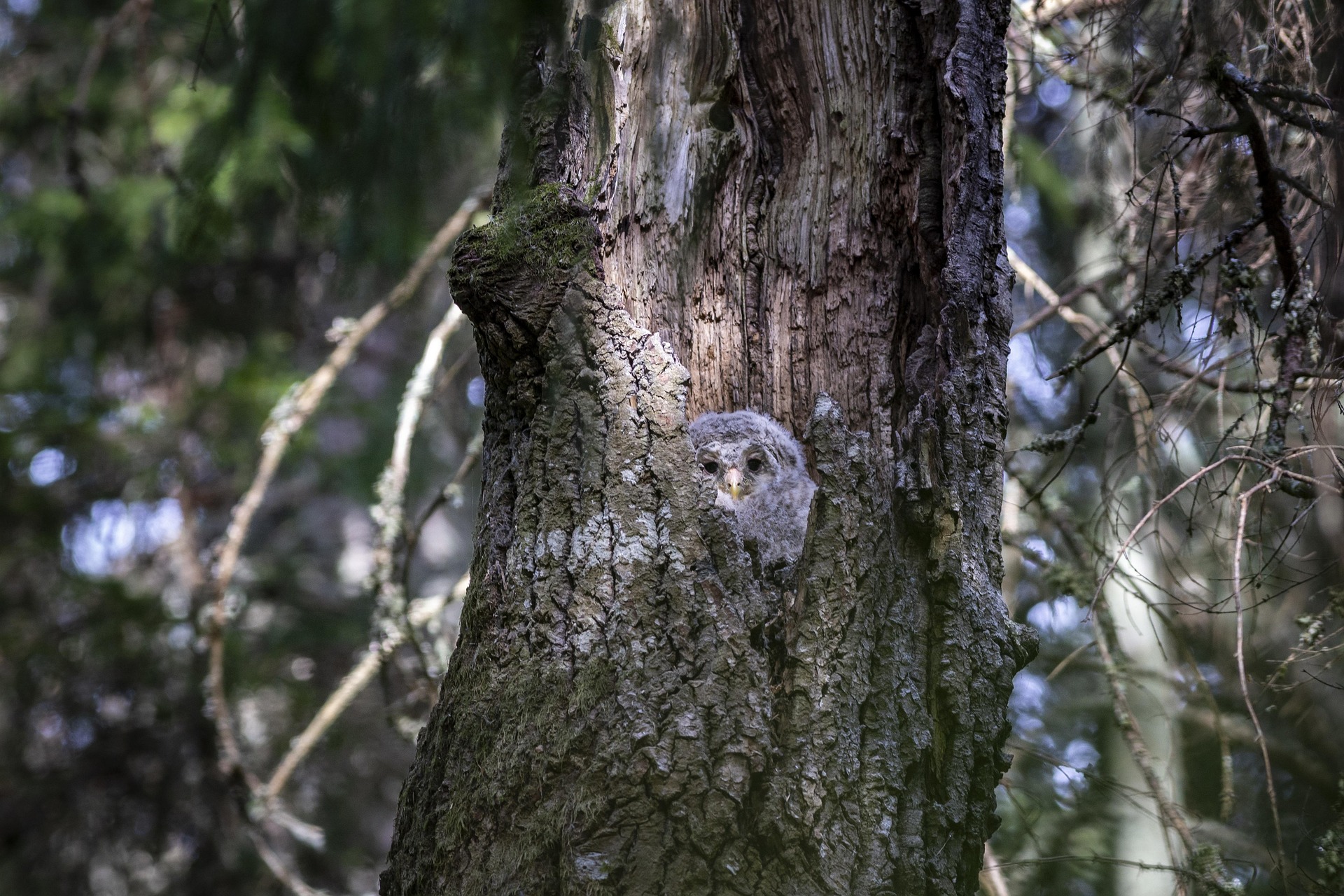
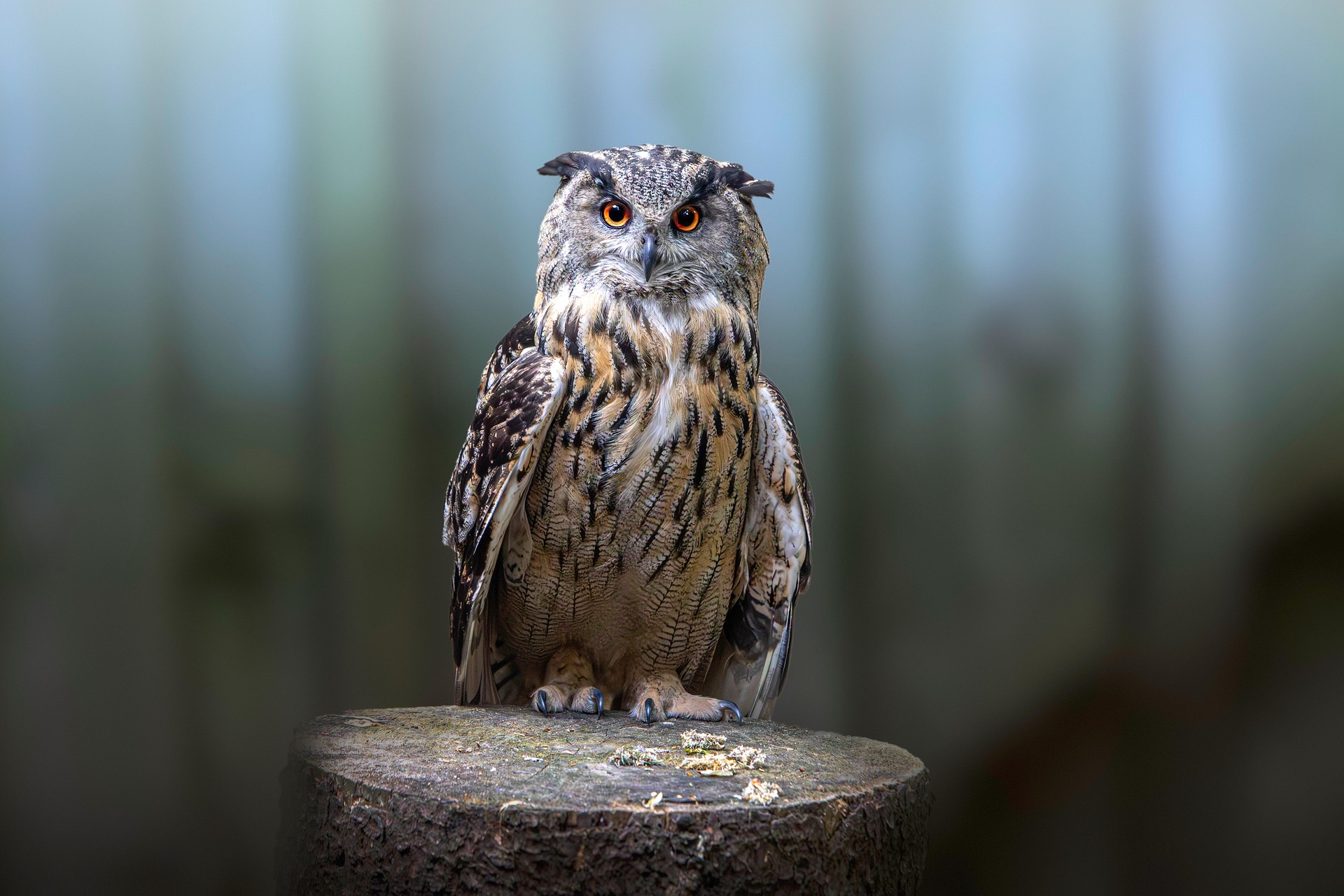
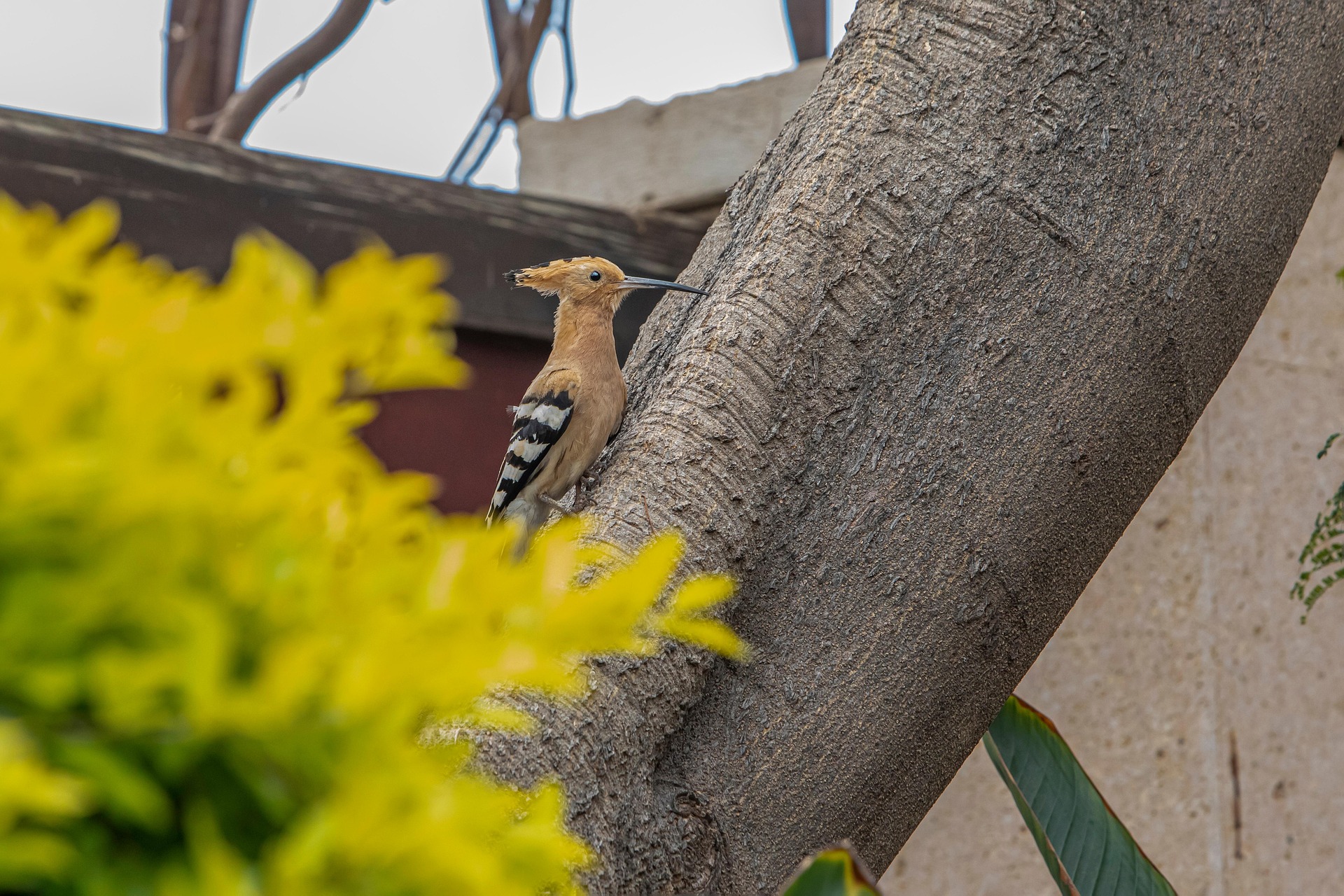
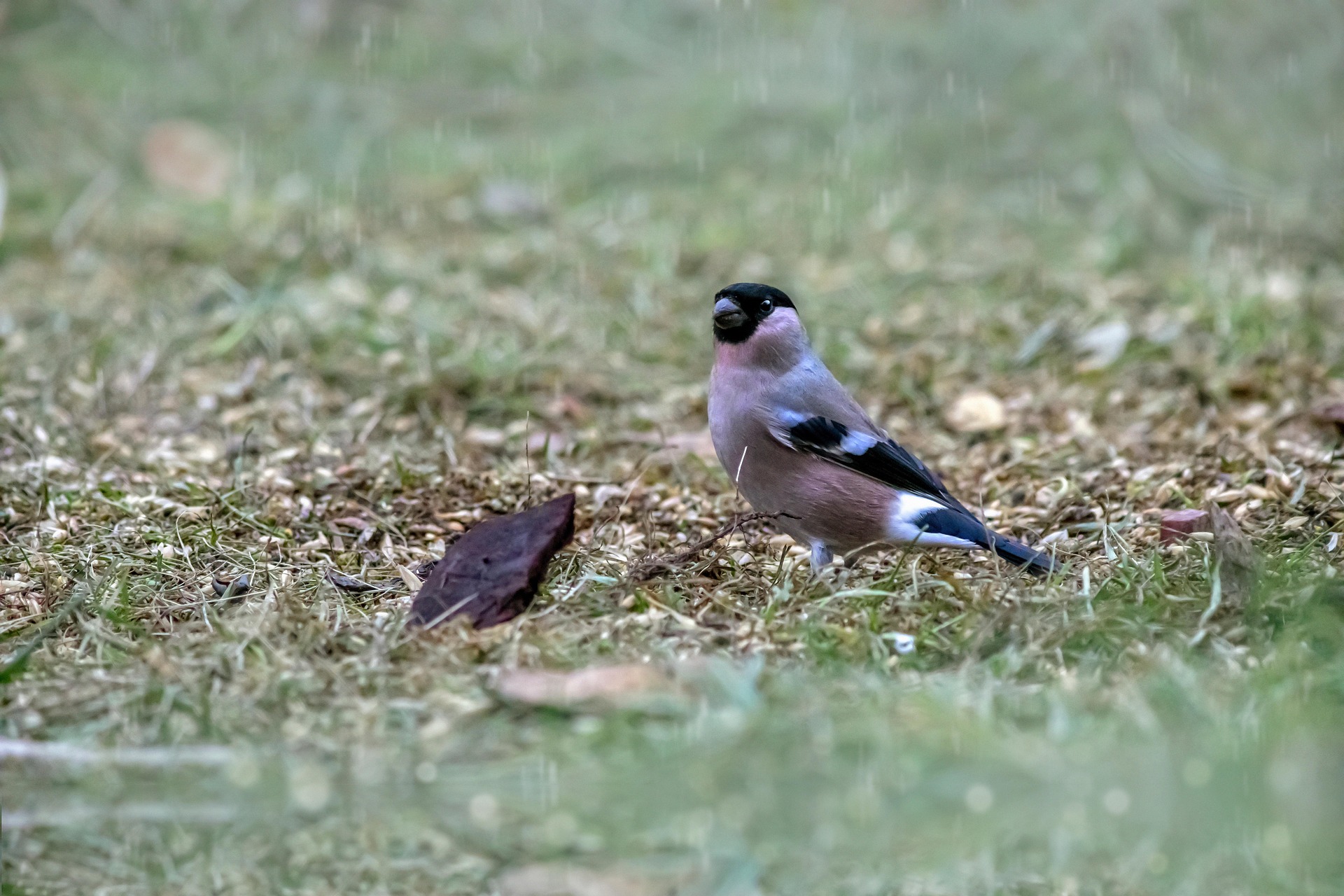
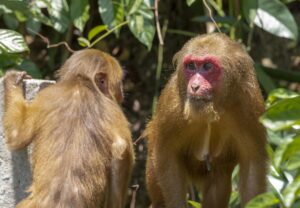
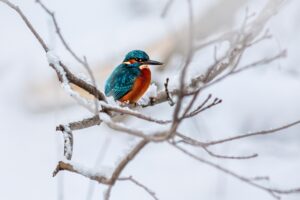
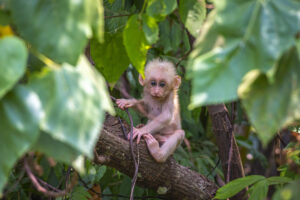
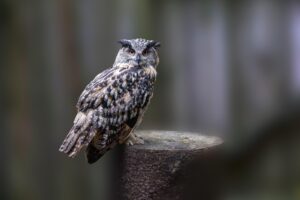
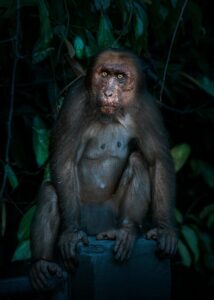
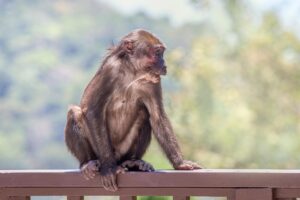
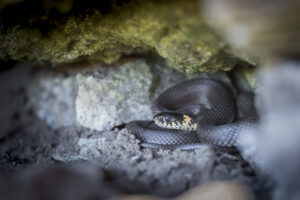
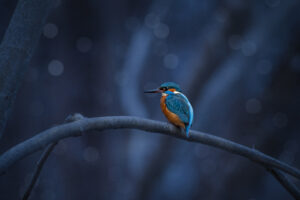
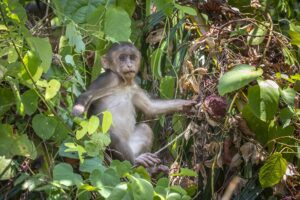
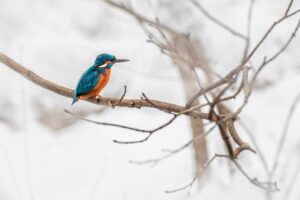
Post Comment